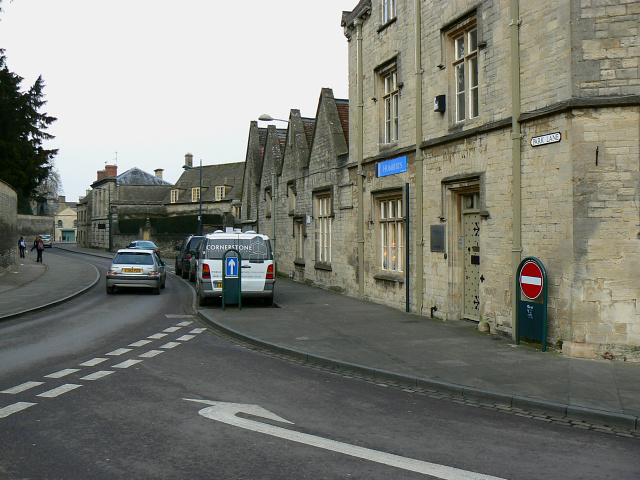Cirencester Castle on:
[Wikipedia]
[Google]
[Amazon]
 Cirencester Castle was a castle in the town of
Cirencester Castle was a castle in the town of
The British Gazetteer: Political, Commercial, Ecclesiastical, and Historical.
' London: Collins. *Fuller, E. A. (1890)
Cirencester Castle
'' in ''Transactions of the Bristol and Gloucestershire Archaeological Society'', 1890-1, Vol. 15. *Pounds, Norman John Greville. (1990)
The Medieval Castle in England and Wales: a social and political history.
' Cambridge: Cambridge University Press. . {{coord, 51, 42, 58, N, 1, 58, 13, W, scale:10000, display=title Castles in Gloucestershire
 Cirencester Castle was a castle in the town of
Cirencester Castle was a castle in the town of Cirencester
Cirencester (, ; see below for more variations) is a market town in Gloucestershire, England, west of London. Cirencester lies on the River Churn, a tributary of the River Thames, and is the largest town in the Cotswolds. It is the home of ...
in Gloucestershire
Gloucestershire ( abbreviated Glos) is a county in South West England. The county comprises part of the Cotswold Hills, part of the flat fertile valley of the River Severn and the entire Forest of Dean.
The county town is the city of Gl ...
, England
England is a country that is part of the United Kingdom. It shares land borders with Wales to its west and Scotland to its north. The Irish Sea lies northwest and the Celtic Sea to the southwest. It is separated from continental Europe b ...
.
The castle was originally built in the 11th century in timber
Lumber is wood that has been processed into dimensional lumber, including beams and planks or boards, a stage in the process of wood production. Lumber is mainly used for construction framing, as well as finishing (floors, wall panels, w ...
, with a square keep added in stone in 1107. The castle was of primarily local significance, being relatively small. During the Anarchy of the 12th century, the castle was seized in the early years of the conflict by Robert, Earl of Gloucester
Robert FitzRoy, 1st Earl of Gloucester (c. 1090 – 31 October 1147David Crouch, 'Robert, first earl of Gloucester (b. c. 1090, d. 1147)’, Oxford Dictionary of National Biography, Oxford University Press, 2004; online edn, May 200Retrieved ...
on behalf of the Empress Matilda. In 1142 King Stephen seized the castle in a surprise attack, setting fire to it afterwards.Clarke, p.662.
Subsequent events are disputed by historians. Most 19th-century historians argued that the castle was subsequently rebuilt and held by William de la Dive, a follower of Robert, Earl of Leicester, then a supporter of the Empress. When Robert came to an agreement with Stephen at the end of the conflict, William surrendered the castle to the king. During the baronial revolt against Henry III the castle was once again garrisoned against the king; once captured by royal forces, Henry ordered it finally destroyed for good. Historian E. Fuller argued in 1890, however, that this later history was a consequence of a misreading of place names, arguing that the history of the castle concluded with its destruction in 1142.Fuller, p.118.
See also
*Castles in Great Britain and Ireland
Castles have played an important military, economic and social role in Great Britain and Ireland since their introduction following the Norman invasion of England in 1066. Although a small number of castles had been built in England in the 1050 ...
* List of castles in England
This list of castles in England is not a list of every building and site that has "castle" as part of its name, nor does it list only buildings that conform to a strict definition of a castle as a medieval fortified residence. It is not a li ...
References
Bibliography
*Clarke, Benjamin. (1852)The British Gazetteer: Political, Commercial, Ecclesiastical, and Historical.
' London: Collins. *Fuller, E. A. (1890)
Cirencester Castle
'' in ''Transactions of the Bristol and Gloucestershire Archaeological Society'', 1890-1, Vol. 15. *Pounds, Norman John Greville. (1990)
The Medieval Castle in England and Wales: a social and political history.
' Cambridge: Cambridge University Press. . {{coord, 51, 42, 58, N, 1, 58, 13, W, scale:10000, display=title Castles in Gloucestershire